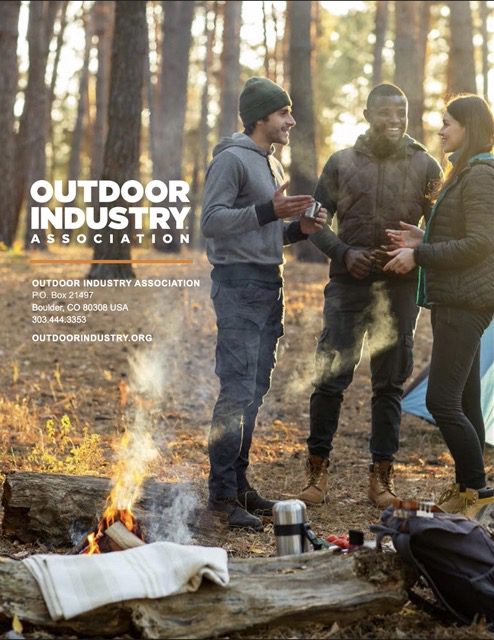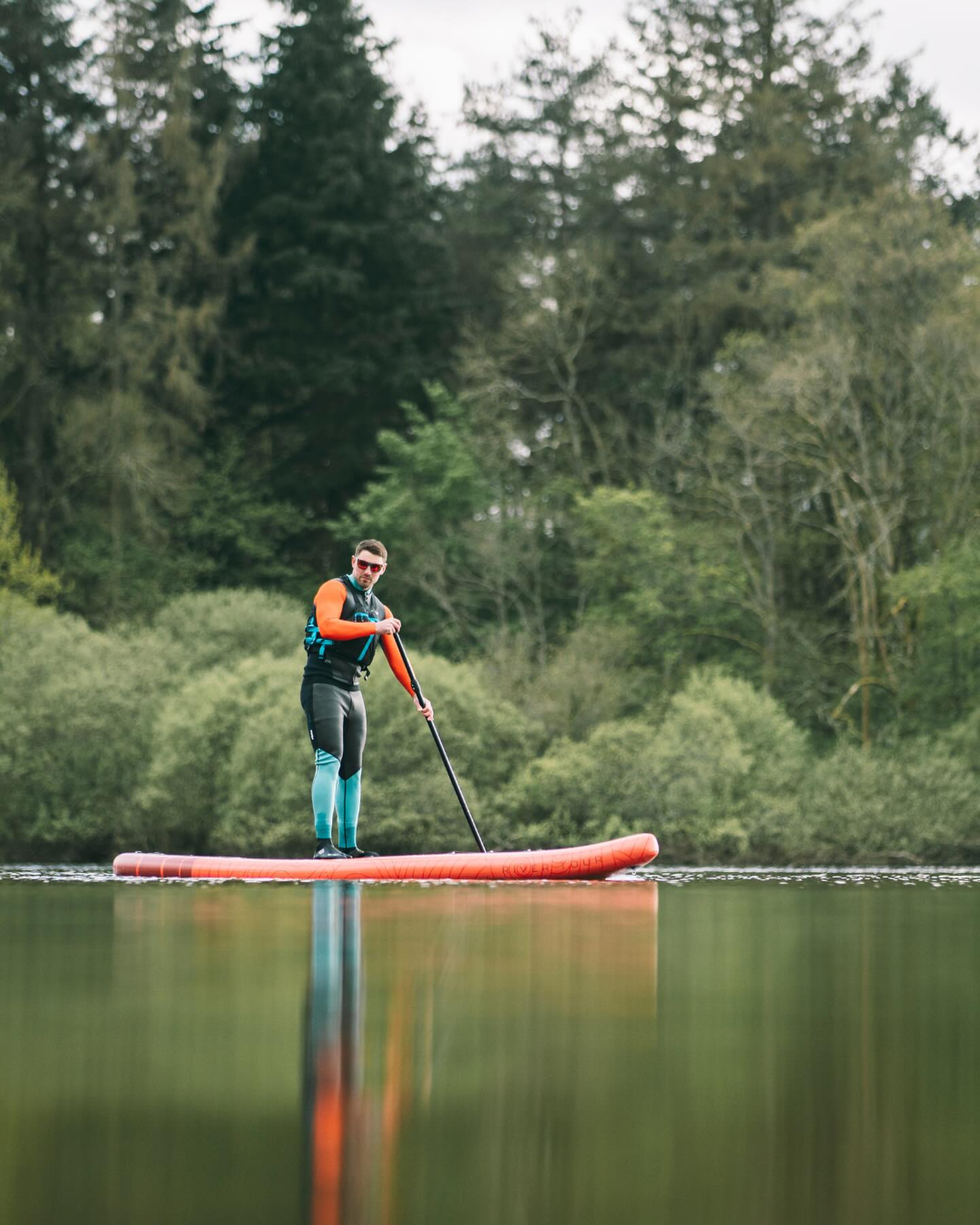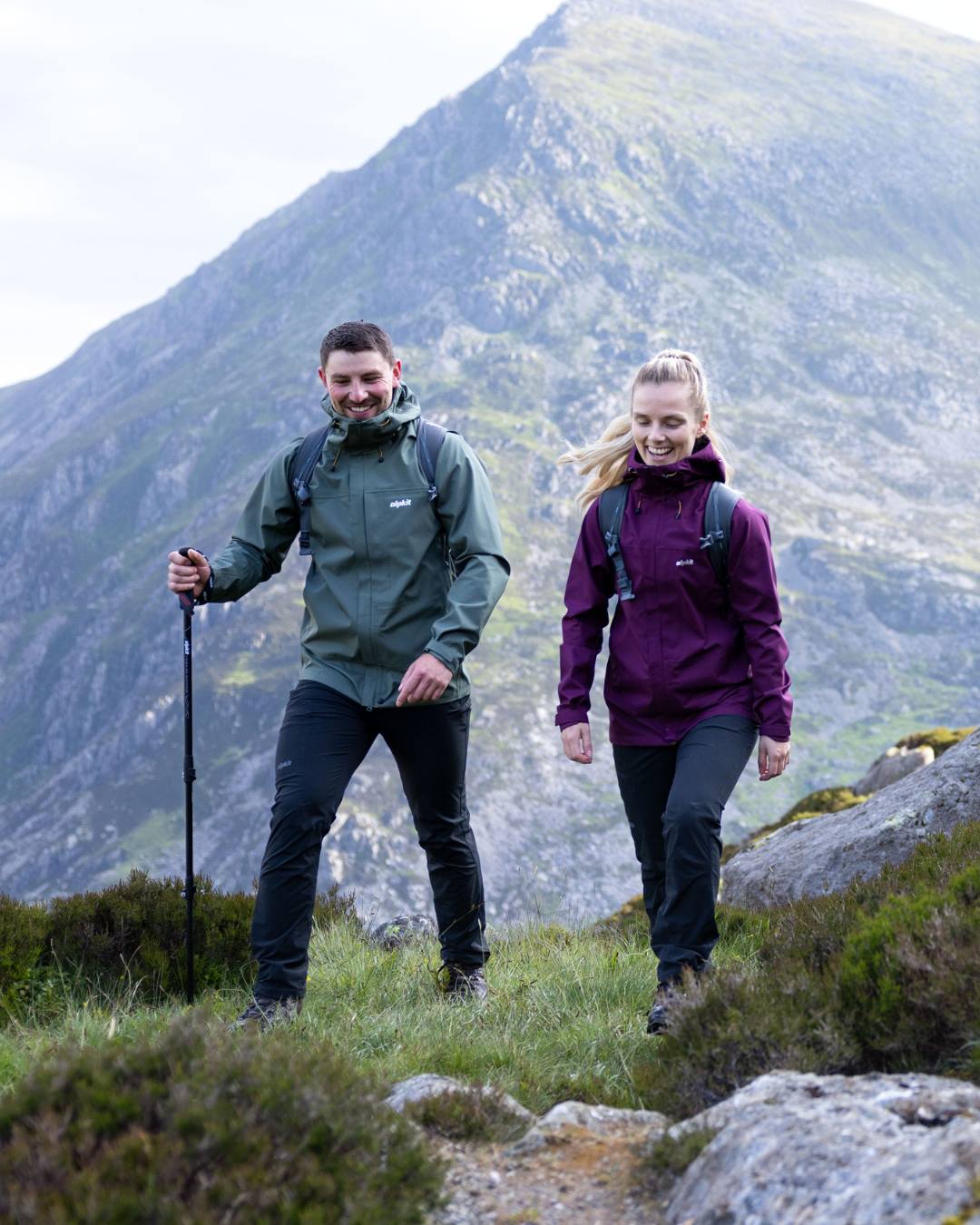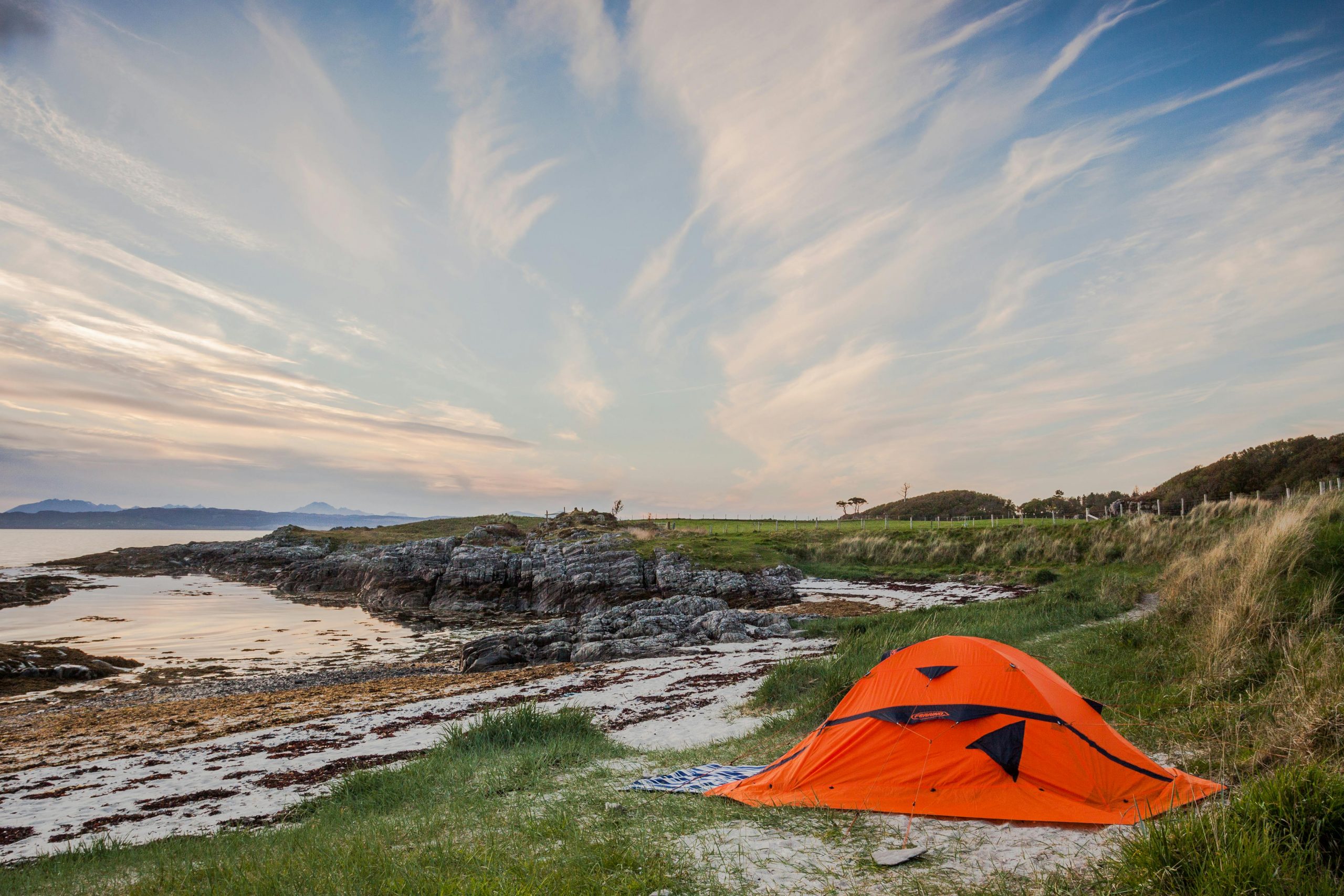Your cart is currently empty!
2025 Outdoor Industry Trends in the West
Prioritizing Lightweight & Sustainable Gear
As we approach 2025, the outdoor industry in Europe, North America, and Australia is undergoing significant transformation. Increasingly, consumers in these regions are not only seeking high‑performance gear for their adventures but also demanding products that are lightweight, durable, and environmentally friendly. Recent studies show that a large percentage of campers and outdoor enthusiasts now prioritize gear weight and sustainability. In this blog, we provide a professional review of the latest trends, challenges, and opportunities facing the outdoor industry in these Western markets.

Market Overview: Shifting Consumer Priorities
Traditionally, the outdoor gear market was dominated by performance, durability, and innovative technology. However, today’s consumers are looking for more than just rugged products—they are also driven by environmental concerns and the practical need for gear that is easier to carry during long treks or camping trips. According to a recent Outdoor Industry Association (OIA) survey, over 65% of outdoor enthusiasts now state that they would pay a premium for gear that is significantly lighter and produced sustainably.
In Europe and North America, government policies such as the European Green Deal and heightened consumer awareness about climate change have propelled this trend. Meanwhile, Australia, with its unique natural environment and reliance on outdoor recreational activities, has seen a surge in demand for eco‑friendly, lightweight gear. Together, these markets form a substantial portion of the global outdoor industry and set high standards for product quality and sustainability.
Consumer Trends: What the Data Tells Us
1. Weight Matters More Than Ever
In recent years, weight has emerged as a critical factor in the decision‑making process for campers and hikers. A study by Statista suggests that around 70% of North American campers now prioritize gear weight over other factors when purchasing equipment. Similar trends have been observed in European markets, where urban dwellers venturing into nature prefer gear that is easy to pack and carry. In Australia, where long-distance hiking and multi‑day camping trips are popular, the need for lightweight equipment is even more pronounced.
This shift in priority is driving manufacturers to invest in material innovations—such as ultralight fabrics, recycled composites, and advanced polymers—that not only reduce weight but also increase durability and reduce environmental impact.
2. Sustainability: An Essential Ingredient
Sustainability is at the forefront of consumer decision‑making in 2025. A report published by the Outdoor Industry Association indicated that nearly 65% of outdoor enthusiasts in Europe and North America would choose a sustainable product even if it came at a slightly higher price. For many consumers, sustainability isn’t just a nice‑to‑have feature; it’s a statement of personal values that reflects a commitment to protecting the natural world they love.
In Australia, an increasing number of outdoor brands are embracing “green” credentials—from using recycled or organic materials in their products to implementing energy‑efficient manufacturing processes. This growing trend is transforming the outdoor industry; companies that fail to adopt sustainable practices risk being left behind in highly competitive markets.
Innovations Driving the 2025 Outdoor Gear Market
1. Advances in Material Science
Technology is playing a pivotal role in reshaping the outdoor gear landscape. One of the most promising areas is material science, where researchers and manufacturers are collaborating to produce gear that meets the dual demands of performance and sustainability. For example, some companies are now utilizing ultralight, recycled polyester and bio‑based fabrics that are not only robust but also environmentally friendly.
A report by McKinsey & Company highlights that innovations in recycled and bio‑based materials could reduce production waste by up to 30% and lower carbon footprints significantly. This technological evolution is essential for catering to customers who demand top‑quality gear with minimal environmental impact.
2. Integration of Smart Technologies
In addition to material innovations, the integration of smart technologies is further enhancing product performance. From advanced insulation materials that adjust to weather conditions to tracking devices and smart sensors embedded in backpacks and tents, these features offer added value to the modern outdoor enthusiast.
Brands are now increasingly using digital tools to collect data on product performance and user behavior, leading to iterative product improvements. This data‑driven approach ensures that new products are not just lighter and more sustainable, but also better suited to the real-world needs of their target audiences.

3. Emphasis on Product Transparency
A significant trend in Western markets is the demand for transparency. Consumers now expect detailed information about a product’s manufacturing process, materials used, and overall environmental impact. To meet these expectations, many outdoor brands are adopting innovative solutions like blockchain and QR codes on product labels. This allows shoppers to access complete supply‑chain information with a simple scan.
For example, leading brands are partnering with technology providers to launch traceability systems that verify the authenticity and sustainability of their products. Such practices build trust and cater to an increasingly informed consumer base.
Professional Insights: The Intersection of Performance, Sustainability, and Innovation
A. Balancing Weight and Durability
Outdoor gear that is lighter is not always better if it compromises durability. For professionals in the outdoor industry, the challenge is to achieve an optimal balance between weight and reliability. Many new products introduced in the market now promise the best of both worlds: reduced weight without sacrificing performance. For instance, advanced lightweight backpacks and jackets made with strong, recycled materials are becoming mainstream choices for serious hikers and campers.
B. The Environmental Imperative
With climate change and environmental degradation becoming critical issues, the outdoor industry is uniquely positioned to lead by example. Companies that invest in sustainable practices tend to see higher customer loyalty and positive word‑of‑mouth. A study by the Outdoor Industry Association suggests that brands with strong sustainability narratives are 20% more likely to convert prospective customers. For outdoor enthusiasts who rely on and deeply respect the natural environment, purchasing eco‑friendly gear is a natural extension of their lifestyle.
C. The Impact of Digital Transformation
Digital transformation is a major catalyst for change in the outdoor industry. Not only do digital tools help manufacturers optimize the supply chain, but they also facilitate enhanced marketing and customer engagement strategies. Social media platforms, influencer partnerships, and immersive digital experiences (such as virtual outdoor challenges) are driving consumer behavior in ways that were once unimaginable. Brands that can integrate these digital elements with a commitment to sustainability will be the ones leading the industry into 2025.
D. Future‑Proofing Through Innovation
Looking ahead to 2025, the outdoor industry in Europe, North America, and Australia will continue to evolve in response to technological advances and shifting consumer expectations. Companies investing in sustainable practices today are not only addressing current market demands but are also positioning themselves for long‑term success. By leveraging innovations in material science, digital transparency, and smart technology, companies can build products that are not only cutting‑edge and high‑performance but that also contribute to a healthier planet.
Opportunities and Strategic Recommendations
1. Embrace a Data‑Driven Marketing Strategy
As the market becomes more competitive, using data analytics to understand consumer behavior and product performance is crucial. Tools like Google Analytics and customer relationship management (CRM) software can provide valuable insights into which features or attributes are most important to your target audience. For instance, if data shows that a significant share of campers in North America prioritize gear weight, it should drive product development and marketing messages.
2. Collaborate with Influencers and Outdoor Organizations
Leveraging partnerships with influential outdoor enthusiasts, social media influencers, and industry organizations can greatly expand your reach. Collaborations with well‑known figures in the outdoor space not only enhance brand credibility but also help convey your sustainability narrative authentically. In markets like Europe and Australia, where consumer trust is paramount, such partnerships can prove invaluable.
3. Invest in Innovation and R&D
For companies to remain competitive, a commitment to ongoing research and development is essential. Investing in the innovation of new lightweight and eco‑friendly materials will ensure that your products continue to meet the high standards demanded by consumers in these markets. Forming strategic partnerships with research institutions or material science experts can also accelerate product innovation.

4. Enhance Digital Transparency and User Engagement
Digital tools allow for unprecedented transparency. Outdoor brands should incorporate features on their websites and product labels that explain every step of the production process—from raw material sourcing to manufacturing practices. This level of detail not only builds trust but also educates your customer base about the environmental benefits of your products. Interactive content, such as explainer videos and infographics, can further enhance user engagement and set your brand apart.
5. Leverage Sustainability as a Core Brand Value
In Western markets, sustainability isn’t just an option—it’s a prerequisite. Clearly communicating your commitment to green practices in every aspect of your business will resonate with consumers. Ensure that your sustainability metrics (such as reduced carbon footprints or recycled content percentages) are prominently featured on your website and in marketing materials. Brands that can prove a quantifiable environmental impact are likely to see increased customer retention and brand loyalty.
Conclusion
In 2025, the outdoor industry across Europe, North America, and Australia is set to experience a paradigm shift. Consumers are no longer satisfied with traditional, heavy‑duty gear; they demand products that are lightweight, durable, and sustainably produced. With nearly 70% of campers now prioritizing gear weight and a growing emphasis on environmental responsibility—as highlighted in studies by the Outdoor Industry Association and Statista—brands must innovate swiftly to meet these evolving expectations.

Manufacturers are leveraging breakthroughs in material science and smart technology to create gear that embodies the perfect balance between performance and sustainability. This transformation is not just an improvement in product design; it is a fundamental shift in the entire outdoor gear ecosystem. Digital transformation, enhanced transparency, and sustainable practices are now key drivers that will define market leaders in the coming years.
For brands aiming to excel in these competitive markets, embracing a data‑driven approach, forging strategic partnerships, and investing in innovation are critical steps. Companies that integrate robust sustainability narratives into their brand story and transparently communicate their production practices will not only drive customer loyalty but also establish themselves as industry pioneers.
Ultimately, the 2025 outdoor market in Europe, North America, and Australia will reward those who are forward‑thinking and committed to both performance and environmental stewardship. As we witness this exciting evolution, outdoor gear will transform from mere equipment to an embodiment of ethical consumerism—fueling adventures that honor both the spirit of exploration and the need to protect our planet.
Whether you are a manufacturer, retailer, or outdoor enthusiast, now is the time to align with these trends. Embrace lightweight, sustainable innovations, and contribute to an industry that is not only designed for adventure but also built for the future.
References
- Outdoor Industry Association. (2022). State of the Outdoor Industry Report.
- Statista. (2023). Outdoor Recreation Trends in the United States.
- McKinsey & Company. (2023). Green Production: Future Cost Savings in Manufacturing.
- European Green Deal. European Green Deal.
In the rapidly evolving landscape of outdoor gear, the fusion of sustainability, technological innovation, and consumer intelligence is setting the stage for a truly green future. With these trends steering the market, 2025 promises to be a landmark year for outdoor enthusiasts and industry leaders alike.










Leave a Reply
You must be logged in to post a comment.